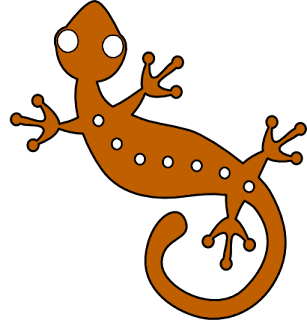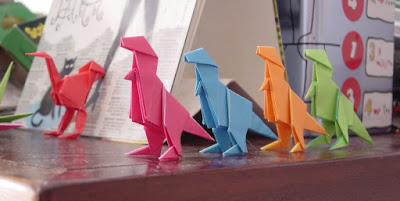Biomimetics and the Eddystone Lighthouse

by Cowboy Bob Sorensen This article is going to be mighty different from our usual fare. If you or someone you know is a lighthouse aficionado, the first part may prove interesting. Warning beacons are ancient, ranging from open fires to building more permanent structures when possible. The most famous lighthouses of old include the Pharos of Alexandria, Egypt and the Tower of Hercules (which still exists, albeit with reconstructions and such). Rebuilding happened frequently throughout history, and many restorations are done even now. Smeaton Lighthouse at Eddystone The word "lighthouse" is often used generically because although they were lights, not every one had living quarters. Some were visited by the keepers. Also, that word has connotations of the famous big towers, but there were other kinds. Let's look at a few on the Hudson River. The "spark plug" tower at Tarrytown had living quarters. Look at the Saugerties Lighthouse , it strongly resembles a ho


















